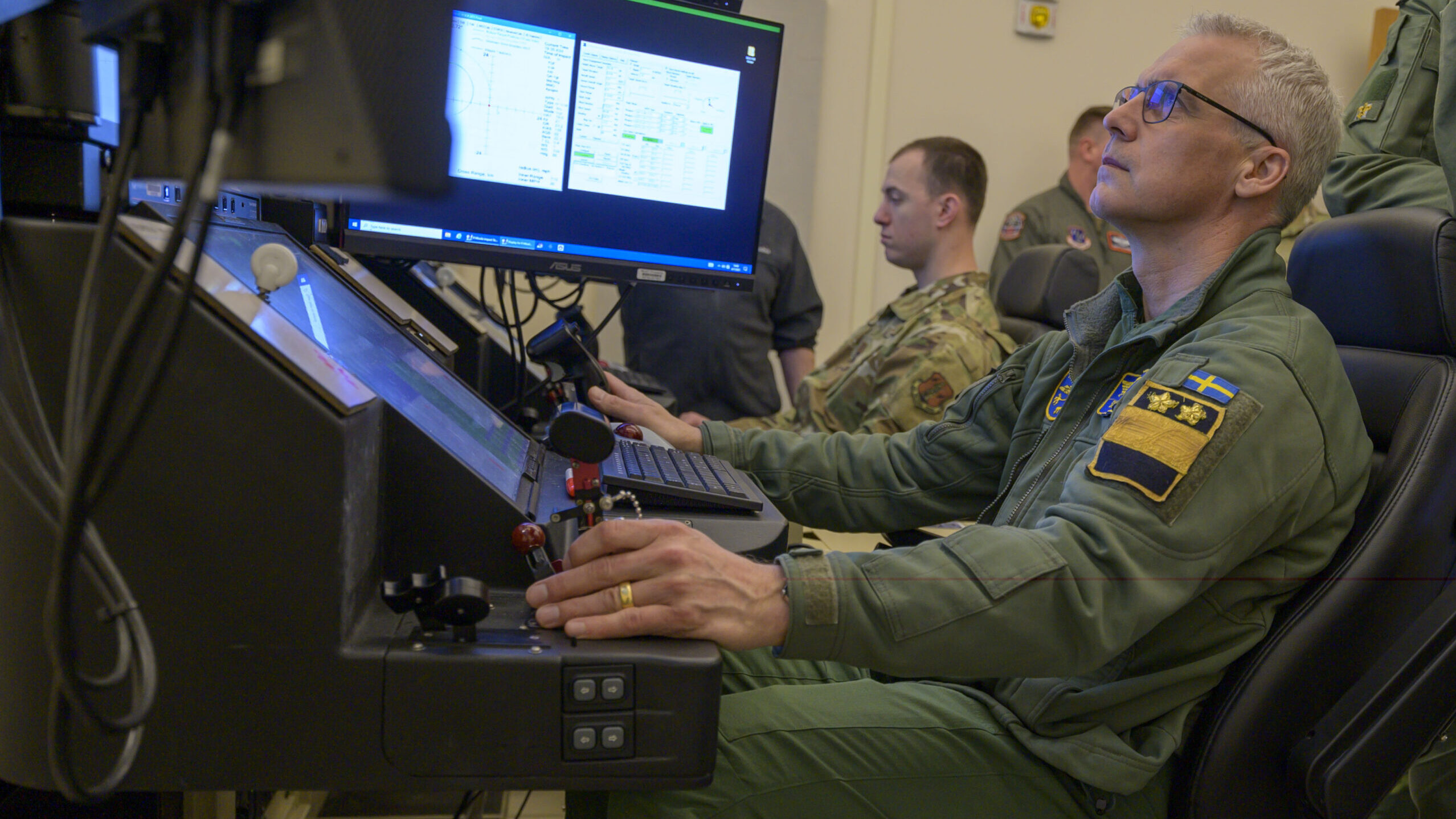Copyright Salt Lake City Deseret News

St. George had 28,500 residents in 1990, according to U.S. Census data. Four years prior, the city built Fire Station 1 — an 8,500-square-foot structure off 1000 East that, at the time, seemed massive compared to the original Main Street station. In 1994, the department hired three full-time firefighters to join its full-time chief. But the city has since exploded in growth, to an estimated 108,800 residents this year. The fire department now includes 80 full-time firefighters, in addition to volunteer and reserve crew members. That means Station 1 — the department headquarters — needed an upgrade, said St. George Fire Chief Robert Stoker. With just two offices in the building, the training room needed to be converted into offices, and department managers would hold meetings with contractors and others at the kitchen table. Though cozy, it wasn’t the ideal situation for firefighters working their shifts. At the same time, traffic in the area became increasingly congested, causing potentially serious issues. “There’s times we would be dispatched to an incident, and our apparatus (fire engines) would have a very difficult time getting out onto 1000 East because of the traffic,” Stoker said. Looking to the future Several years in the making, the city’s new Station 1 began operations last month and will celebrate its grand opening on Friday from 5 p.m. to 7 p.m. The over-23,000-square-foot station now stands at 85 S. Flood Street, on property where an old meetinghouse of The Church of Jesus Christ of Latter-day Saints once stood. After searching for an ideal location for the new station for several years, the department learned the church planned to close the meetinghouse and worked with church officials to acquire the property. “We’re grateful that they were able to do that, and it’s been a great; this will be a great location,” Stoker said. The original Station 1 on 1000 East was sold to Utah Tech University, which had long wanted the land. Station 2 on Main Street, the city’s historic, original fire station, was sold by the city a few years ago to a business that converted it into a restaurant and brewery. The new Station 1 replaces both. The new station also faces west, so the northbound lanes on 400 East will not be blocked, the chief noted. The station cost approximately $9 million to build, he said. City crews helped with some aspects of the project — like landscaping and moving an old shed from the property — saving the city money, he added. Because the expanded space was needed due to the city’s growth, the city used impact fees to build all but 8,500 square feet of the new station. The rest was funded by capital project funds, Stoker said. The station contains a community training room, working areas and administrative offices on the first floor, and living quarters are housed upstairs. “We want to make sure we’re spending our tax dollars very frugal and responsible. ... We don’t put a lot of extras in the station; they’re pretty utilitarian, and they’re really a large home with a large garage,” Stoker said. Staff members work 48-hour shifts and then are off-duty for 96 hours. “And so we need a place for them to be able to come in, and it’s just like a home for them,” the chief said. “It’s their home away from home. So we need areas that they can kind of get away from each other and study and those types of things — where our Station 1 that we were in really didn’t have any private rooms to go study.” Remembering the city’s history Throughout the building, firefighters and residents alike can be reminded of the area’s history, with photos mounted on the walls and windows throughout and the city’s two vintage fire trucks getting their own place of honor in a room the community can visit. One black-and-white photo shows firefighters from the city reuniting after World War II. In setting up the new station, the department put out a call to the community for historic photos they may have in storage — a call that was clearly answered. Another callback to the past, one wall was accented with the old church meetinghouse’s red brick. Stoker has worked for the city for 40 years, 27 of which he has served as chief. “It’s been really interesting to be part of the growth of not only the city but the department,” he said. When he started, the city merged with the neighborhood of Bloomington, and its fire department merged with Bloomington’s. The city had two stations at that point; it now has nine, with another to be built in the Tonaquint neighborhood that will become Station 2. The department also has plans for a station in The Ledges and another for Desert Color. In the earlier days, “it was really just a reactive department,” Stoker said. But as the station grows, it has become more focused on prevention. “This station’s a prime example of growth,” he said. When asked what makes St. George special, Stoker said visitors who walk into the fire station often comment on both the beauty of the area and “the friendliness of the people.” “It’s still that, even though we’re getting larger and expanding and more population, it still has that small-town feel. People here help each other out,” he said.



